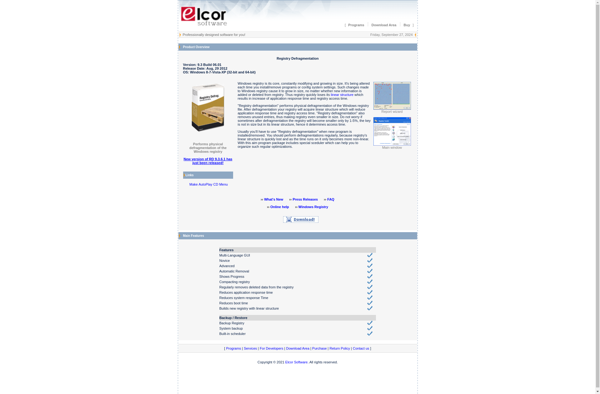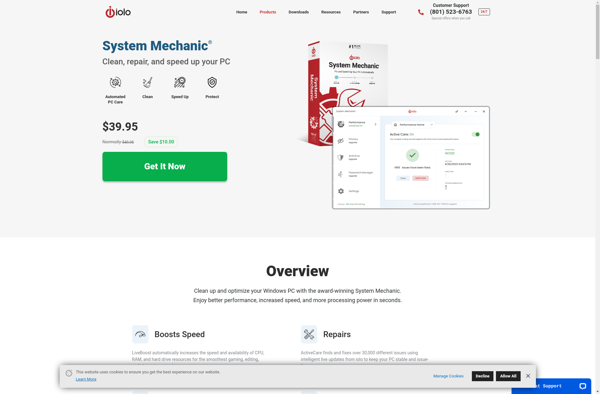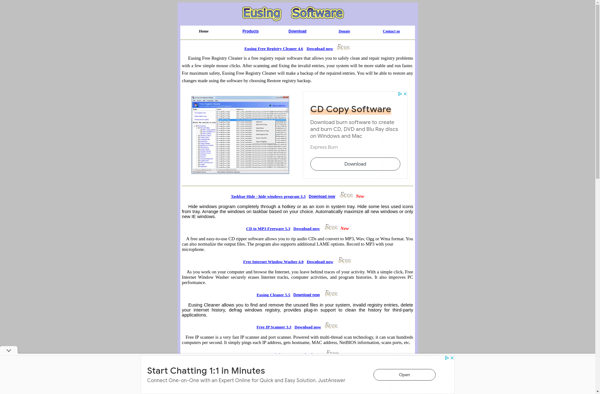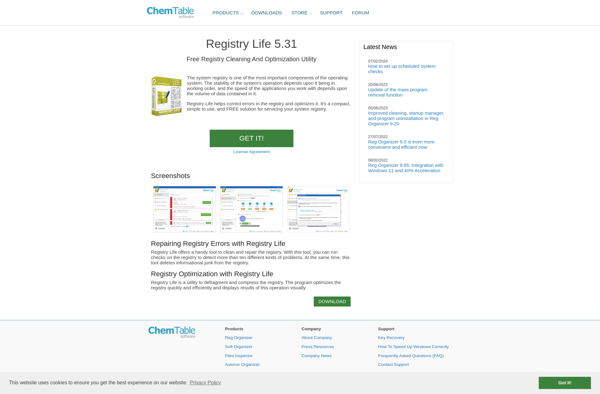Registry Defragmentation

Registry Defragmentation: Optimize Windows Performance
Registry defragmentation is the process of consolidating and reorganizing the Windows registry file to optimize performance. It removes gaps, fragments, and wasted space in the registry.
What is Registry Defragmentation?
Registry defragmentation is the process of consolidating and reorganizing the Windows registry file to optimize performance. The Windows registry is a database that contains settings, options, and preferences for the operating system, hardware, software, and users.
Over time, the registry can become fragmented due to edits, deletions, new keys and values being written, and unused space being left behind. This fragmentation leads to bloated registry hives, slower lookups, and overall degraded performance.
A registry defragmenter analyzes the registry and identifies these fragments and unused sections. It then consolidates the contents, rewrites the registry in a compact form, and removes the fragmentation. This helps speed up registry access, improve stability, and free up disk space.
Some key benefits of registry defragmentation include faster application load times and shutdown speeds, quicker registry access and lookups, reduced registry size on disk, recovered wasted space, and improved system stability. It's generally recommended to periodically defragment the registry as part of regular PC maintenance.
Registry Defragmentation Features
Features
- Defragments the Windows registry to optimize performance
- Removes gaps, fragments, and wasted space in the registry
- Improves system stability and responsiveness
- Supports all versions of Windows
- Provides a user-friendly interface for easy navigation
Pricing
- Free
- Freemium
Pros
Cons
Official Links
Reviews & Ratings
Login to ReviewThe Best Registry Defragmentation Alternatives
Top Os & Utilities and System Optimization and other similar apps like Registry Defragmentation
Glary Utilities

System Mechanic

Wise Registry Cleaner

Reg Organizer

CleanMyPC

Auslogics Registry Cleaner

SlimCleaner

WinUtilities

Eusing Free Registry Cleaner

Registry Reviver

Mz Ultimate Tools
Little Registry Optimizer

Puran Registry Defrag

Eusing Free Registry Defrag

Free Registry Defrag/Compact

Quicksys RegDefrag

Simnet Registry Defrag

Auslogics Registry Defrag

Registry Life
